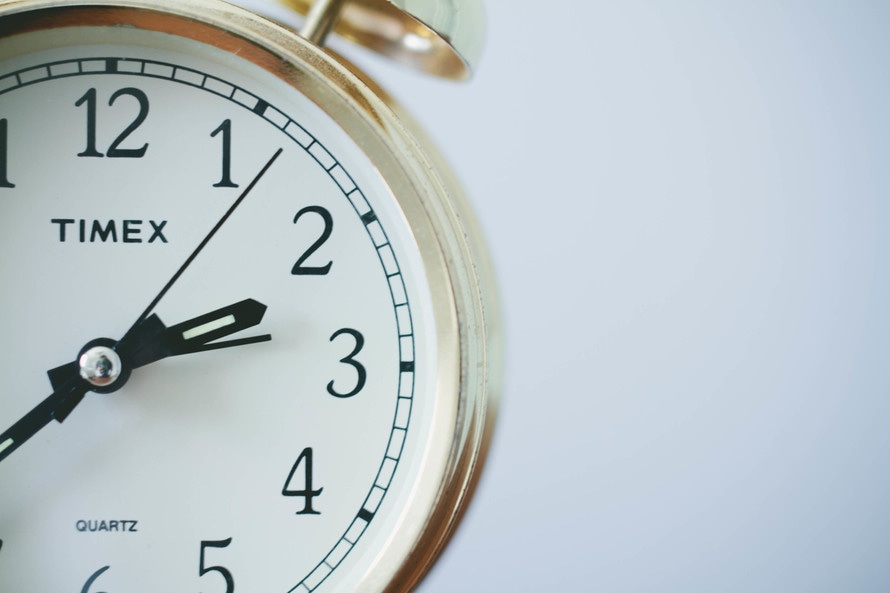Missed appointments are a common, and costly, problem for medical practices. While the number of no-shows varies by practice and specialty, the average is between five to 10 percent of appointments, health care consultant Elizabeth Woodcock tells Physician’s Practice. Missed patient appointments cost the U.S. health care system $150 billion a year, according to the Center for Health Affairs. And, they wreak havoc on your practice’s daily schedule and workflow. What’s the best way to avoid no-shows? Here are some tips.
Reasons for no-shows
Before you can effectively tackle the problem of no-shows, you must first understand why they happen. According to a recent survey, the average wait time between scheduling an appointment and seeing a doctor is just over 18 days. “A lot can happen in 18 days,” points out Kathleen Schroeder in Becker’s Hospital Review.
Specific reasons patients cite for missing scheduled appointments include: they feel worse and decide to go to the emergency room in the meantime; they are over-scheduled and forget their appointment; their health care literacy is limited and they don’t understand why the appointment is necessary; they are not in an established relationship with their doctor and aren’t concerned about missing an appointment; or they are anxious about the appointment and potential bad news, and decide to avoid the situation.
The biggest factor affecting no-shows is payers, according to Woodcock. “We see higher no-show rates if you have a larger self-pay or Medicaid population.” In addition to self-pay patients, new patients tend to be the biggest offenders, probably because they don’t have an existing relationship with the doctor.
How to avoid no-shows
So what can you do to avoid no-shows and minimize their impact on your practice? Quite a bit, it turns out.
First, educate patients.
If a patient skips an appointment because of confusion or fear, that’s an indication of poor patient education. Make sure patients understand the need for their appointment, what to expect during the appointment, and what the intended outcome will be. This can be as easy as sending them a link to an educational video in an email, or having the person who schedules the appointment direct patients to information on your website.
Offer same-day and/or online scheduling.
Consider blocking off a set number of appointments for same-day visits so patients don’t have to wait weeks to see you. Online appointment scheduling services, such as ZocDoc, are another option which allows practices to offer online appointments on their own website as well as on the ZocDoc site. This feature can help fill unexpectedly empty appointment slots, and attract new patients.
Have a waiting list.
Keep a list of patients who are available on short notice and/or have indicated they’d like to be seen sooner if an appointment opens up. When a no-show happens, these patients may be able to fill the empty slot.
Have a policy in place.
Let patients know over the phone, in writing, and in person if possible that you have a 24-hour appointment cancellation policy. “Many offices have their no-show policy written into their patient consent form and also have it prominently posted within several office areas” according to Medscape.
Consider charging a fee.
It’s up to you whether to charge patients a cancellation or no-show fee. (The standard is $25.) Some payers don’t allow this, however, and this tactic won’t help if your patients are struggling financially and that’s why they skipped their appointment. Some specialists whose services aren’t covered by insurance take a credit card over the phone when an appointment is scheduled, notes Woodcock.
Have staff make reminder calls.
Automated telephone appointment reminders are better than nothing, but research shows that no-show rates are lowest when patients are called by a human being. In one study, approximately 23 percent of patients who received no reminder call missed their appointments, as did more than 17 percent of patients who received an auto-reminder call, but the no-show figure went down to almost 13.6 percent if an actual staff member made the call, reports American Medical News.
Send text reminders.
Confirming appointments by text has been shown to be as effective as phone reminders, and is more cost-effective. (Yes, text reminders are HIPAA-compliant.) A recent survey of smartphone users found that 76 percent of respondents are eager to use mobile technology for reminders regarding medical appointments. Be sure patients opt-in to receiving them.
Lastly, don’t overlook the importance of strong doctor-patient relationships. If patients know you and like you, and feel that you truly care about them as people, not just patients, they are less likely to miss appointments.
For more tips on practice management and patient engagement, check out our blog archives.

